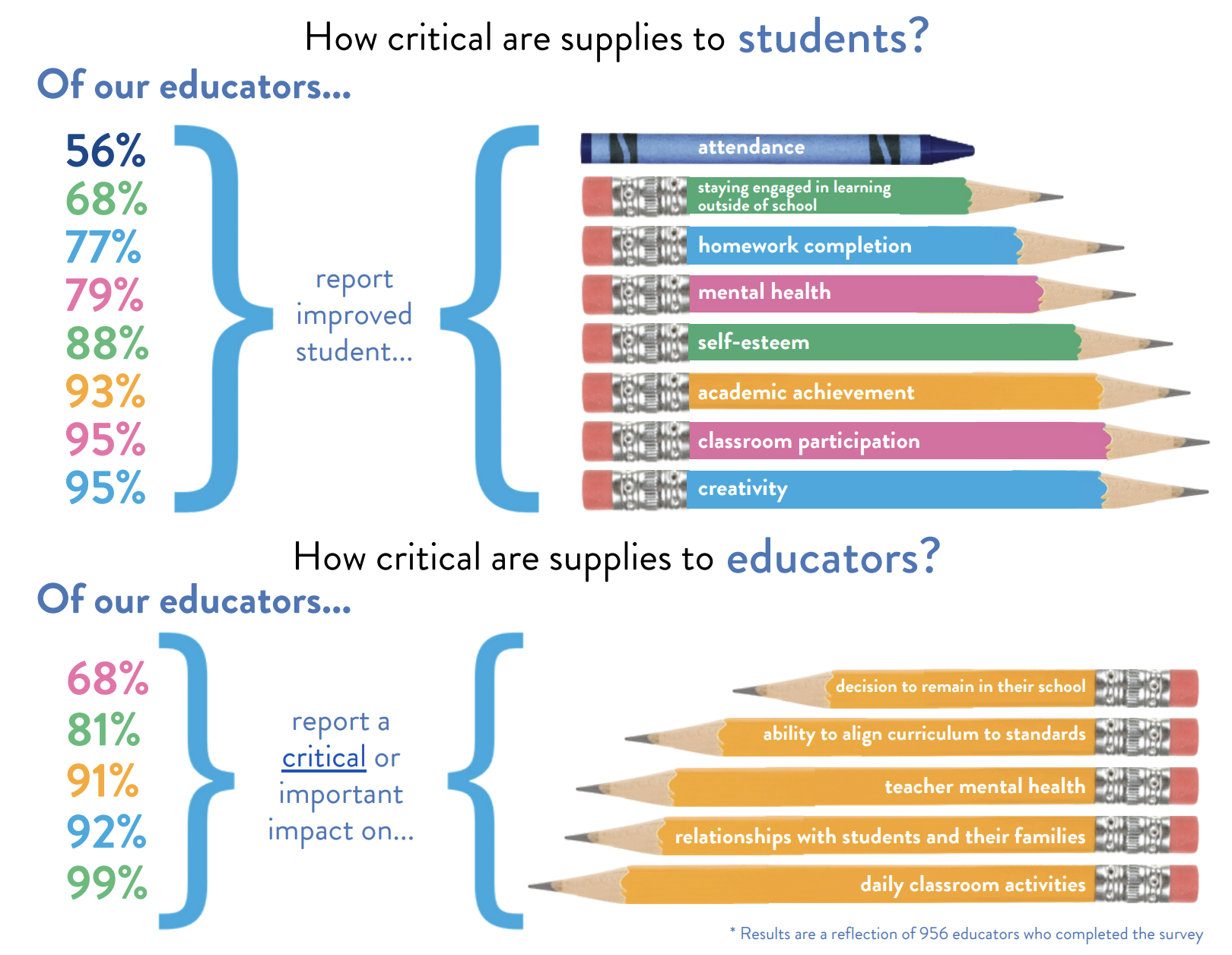Environmental Sustainability: Leading Student and Teacher Success while Supporting the Environment
The Education Partnership is working to increase public awareness of its environmental sustainability opportunities for regional companies and individuals. TEP has established environmental best practices for recycling waste product materials. This includes reusing and selling wooden pallets, using a baler to recycle cardboard, recycling plastic and paper, and scraping metal.
In 2024 TEP recycled approximately 2,000 wooden pallets, 52 bales of cardboard, 5,425 pounds of metal scrap, and 80 cubic feet of e-waste in the fiscal year 2024 alone. By working directly with vendors to improve packaging, TEP has found cost-efficient and environmentally-friendly ways to transport items, and kept approximately 71k cu. ft. of product out of landfills.
In 2022, TEP distributed 680 pallets of in-kind donations, keeping 46,258 cubic feet of waste from entering landfills. The organization achieves this by accepting in-kind contributions of surplus products, office supplies, and company spoilage that is still usable but deemed unsellable for various reasons.
In 2021, the baler allowed 18 dumpsters of cardboard to be recycled, approximately 2820 cubic volumes, and the organization’s scrap metal recycling has currently recycled 720 cubic volumes in the current fiscal year. With these continued recycling initiatives, The Education Partnerships looks to increase its recycled material volumes, incorporating new, innovative approaches to assist with waste management.
In 2024, The Education Partnership received its ISO 14001 Environmental Management System Certification. ISO 14001 is the internationally recognized standard for environmental management systems (EMS). By adhering to this standard, TEP can ensure we are taking proactive measures to minimize our environmental footprint, comply with relevant legal requirements, and achieve our environmental objectives. The framework encompasses various aspects, from resource usage and waste management to monitoring environmental performance and involving stakeholders in environmental commitments.

Read our Environmental Impact Internal Policy Here!







